BronchoPhase, 60 Capsules
Calming, Soothing Lung Relief
BronchoPhase® Lung Support Formula was developed by renowned herbalist, Dr. Jake Fratkin, to promote lung health. In addition to supporting a healthy immune response to resolve chest discomfort and soothe irritated lung tissues, BronchoPhase promotes comfortable lung function for relaxed, healthy breathing.
- Advanced all-natural herbal lung support formula developed by renowned herbalist, Dr. Jake Fratkin.
- Supports healthy immune response to promote lung health and resolve chest discomfort.
- Helps soothe irritated lung tissues to support comfortable lung function.
- Calms and clears lungs to promote natural, relaxed breathing.
In stock
$23.95
In stock
FAQs
What is the recommended daily dose of BronchoPhase?
The recommended starting daily dose of BronchoPhase is 2 capsules, 2 times per day.
How much BronchoPhase can I safely take in a day?
You can safely take 2 capsules, 5 times per day for a total of 10 capsules in a day. However, that should only be necessary for short periods of time to initiate results. After benefits appear, you can reduce the dose to 2 capsules, 2 times per day or 2 capsules once per day.
How do I know BronchoPhase is working for me?
BronchoPhase is a Tango Advanced Nutrition product that should make a change for you in how you feel. It should improve lung health so that you breathe more easily.
You should expect improvements to occur quickly as many of our customers report dramatic improvement in the first few days of use. The change should be very noticeable. Instead of saying to yourself, “I think this might be helping me”, you really should be able to say, “Wow, I feel a lot better.”
Usually, very clear results show up in the first month of use for most people.
Do I have to take BronchoPhase forever?
Everybody has a different set of circumstances that will determine how their lung health will improve when using BronchoPhase. Your response to the supplement will be determined by your individual health circumstances. Problems with lung health may be long-standing over many years. This may determine how soon you notice positive changes and how long you may need or wish to take the formula.
However, the formula is strong enough so that everybody who will get benefits should expect them in the first month of use.
When positive changes in lung health happen, you can lower your dose gradually by one capsule at a time every 4-5 days and expect to see continued benefits. The reason for this is that, as with all true health-promoting supplements, BronchoPhase provides restorative results.
Some people will be able to discontinue BronchoPhase and switch to a different supplement that provides daily benefit for all of their health concerns. Others will take the formula on an as-needed basis. And some will take it daily to counter any ongoing stresses they experience in lung and nasal function.
When should I take BronchoPhase?
The most important consideration in taking BronchoPhase is to use it daily and consistently. Convenience makes regular use possible, so including BronchoPhase in your regular supplement routine is a good idea.
You can take BronchoPhase with or away from meals.
Morning and early evening are the best times to take the formula to spread out its benefits over a 24-hour period.
Some people take BronchoPhase about 1 hour before bedtime to make sure they have beneficial nutrients working while they are sleeping.
Can I take BronchoPhase with other supplements?
Yes, you can take BronchoPhase with and at the same time as you take other dietary supplements.
I take over-the-counter/prescriptive medicines. Can I take BronchoPhase with them?
You can take BronchoPhase while you are using other products for your any health condition. However, you should always take BronchoPhase or any other supplement at least 2 hours away from any medication to reduce any possible risk of interaction.
If you have any questions about using BronchoPhase or any other supplement while you are using medications of any type, ask your doctor or pharmacist for advice.
Can I combine BronchoPhase with some of your other products like AllerPhase or ImmunoPhase?
Yes, you can take BronchoPhase with AllerPhase and/or ImmunoPhase. However, we suggest starting at a lower dose of each than is recommended on the bottle as there is some overlap in function between the three supplements. You can increase the doses of each by one capsule per day until you feel the effect that you are trying to achieve.
You can also call one of our product specialists if you have questions about how best to combine our formulas. The toll-free number for product questions is 1-866-778-2646, ext. 2.
Can a woman take BronchoPhase if she is pregnant or nursing?
No, we do not recommend that a woman take BronchoPhase if she is pregnant or nursing. This is not because BronchoPhase is unsafe but because there have been no safety studies performed on the ingredients in BronchoPhase for pregnancy and nursing.
Can children take BronchoPhase?
Children age 6-12 can take 1/2 the adult dose, or one capsule, two times per day.
BronchoPhase is not recommended for children under age 6 as they have supplement needs that differ from older children and adults.
Can I give BronchoPhase to my pet (cat, dog, or horse)?
Yes, however, you should contact a holistic veterinarian for advice on the dose you should give to your pet, since animals vary widely in size and speed of metabolism. Both of those factors determine doses for supplements for animals.
Is BronchoPhase tested for contaminants that could harm my health?
Yes, we regularly test batches of our formulas to make sure they meet strict quality control guidelines recommended by government regulatory agencies.
Are there any side effects from taking BronchoPhase?
BronchoPhase does not cause drowsiness or make a person sleepy. It also does not contain any stimulants that might cause jitteriness or lack of sleep.
What do I do if I think taking BronchoPhase is causing me discomfort?
The most common discomforts experienced by a tiny percentage of people when taking any vitamin, mineral, or herbal formula are digestive upset or very mild allergic reactions such as skin itching or irritability.
These minor discomforts usually disappear by taking a lower dose or by taking the supplement with meals.
If you should experience discomfort when taking BronchoPhase and it does not go away with these suggestions, then discontinue use and contact our product specialist for further recommendations at 1-866-778-2646, ext 2. If we cannot determine a way for you to continue use of the product to gain its benefits, then we will arrange for a full refund for you.
I see that BronchoPhase contains licorice. Will that raise my blood pressure?
No, there are less than 5 mg. of licorice powder in each capsule of BronchoPhase.
This means that glycyrrhizic acid, the active ingredient in licorice responsible for elevating blood pressure is about 0.2 mg. per capsule. At the largest recommended dose of BronchoPhase per day of 10 capsules, you would be getting 1.6 mg. per day of glycyrrhizic acid.
Studies have shown that continuous use of 100 mg. per day of glycyrrhizic acid is safe and does not elevate blood pressure.
You would have to take 500 capsules or 8+ bottles of BronchoPhase per day to even reach this safe amount of 100 mg. per day of glycyrrhizic acid.
Directions
Directions: Adults: As a dietary supplement, take 1 or 2 capsules, 3 times daily. Children aged 6-12: 1 capsule, 2 or 3 times daily.
Note: BronchoPhase is not recommended for children younger than age six due to the fact that their immune systems are different from those of older children and adults.
Not recommended for pregnant or nursing women.
Ingredients
| Supplement Facts Serving Size: 2 Servings Per Container: 30 |
||
|---|---|---|
| Amount Per Serving | %DV | |
| Proprietary Blend | 1000mg | * |
| Common Herb Name (Latin Name) | Pin Yin Name | |
| Belamcanda Rhizome | She Gan | * |
| Trichosanthes Seed | Gua Lou Ren | * |
| Chinese Asparagus Tuber | Tian Men Dong | * |
| Zhejiang Fritillaria Bulb | Zhi Bei Mu | * |
| Bitter Orange Fruit | Zhi Ke | * |
| Chinese Skullcap Root | Huang Qin | * |
| Stemona Root | Bai Bu | * |
| Andrographis Herb | Chuan Xin Lian | * |
| Gardenia Fruit | Zhi Zi | * |
| White Mulberry Root Bark | Sang Bai Pi | * |
| Platycodon Root | Jie Geng | * |
| Apricot Seed | Xing Ren | * |
| Licorice Root | Gan Cao | * |
| * Daily Value not established | ||
80 reviews for BronchoPhase, 60 Capsules
4.68
/5Based on 80 rating(s)
Reviewed by 59 customer(s)
Sort by
-
Anonymous
Great for the lungs!
Having had pneumonia as a baby, my lungs have always seemed susceptible to illness. When I had Covid in 2023, I took 4 Bronchophase 3x a day. Covid never went into my lungs which amazed me. I continue to take Bronchophase as needed to support my lungs especially during flu season.
February 25, 2024Reply -
OhioRita
Game Changer
I first received BronchoPhase from my Alternative Medicine doctor. Generally, whatever I have ends up in my chest. I take 2 capsules 3X a day when I get sick. It works wonders. I have recommended it to all my friends and family. I even give away bottle of the stuff. Once you see how it clears up a chest cold or cough, you will never be without it. We take it along when we travel just in case.
December 14, 2023Reply -
Georgann
Works well
Assists with my asthma and even helps my husband to breath a little easier with IPF.
October 6, 2022Verified ReviewReply -
Elvira
Ms
Really works for coughs.
September 13, 2022Verified ReviewReply -
Anonymous
Works wonderful
Got this for my husband with lung issues. He was without this for a few days and his coughing spells came back. Won’t be without it now!
July 7, 2022Verified ReviewReply -
caroly
Great stuff clears lungs. Stops the cough and helps clear out airway.
October 26, 2021Verified ReviewReply -
Deborah Codino
Hidden Gem Supplement
This product is a hidden gem! It was recommended to me when I was ill with bronchitis by a naturopath . I had been getting sick with bronchitis almost every winter. I began taking BronchoPhase and recovered from the illness. The next time I started getting sick and had respiratory symptoms I began taking BronchoPhase and the symptoms stopped within a day or two. I had been so sick each year I would miss a week of work at minimum. Colds would trigger asthmatic symptoms. Now anytime I have any respiratory symptoms I take it and am well within a day. I have not had bronchitis since. I highly recommend this product!
October 16, 2021Verified ReviewReply -
Erin
BronchoPhase Stops the Cough!
Best product ever. I have been plagued for years with chronic cough after every cold or flu I catch. BronchoPhase halts the cough quickly every time and I think it is helping strengthen my lungs.
August 5, 2021Reply -
Roberta Russell
Bronco Phase
Very satisfied
May 28, 2021Verified ReviewReply -
Dianne
I have been using BronchoPhase for several years and it has helped me on multiple occasions. I highly recommend this supplement.
January 20, 2021Verified ReviewReply
| Weight | 0.25 lbs |
|---|
Disclaimer
Content on this site is for reference purposes and is not intended to substitute for advice given by a physician, pharmacist, or other licensed health-care professional. You should not use this information as self-diagnosis or for treating a health problem or disease. Contact your health-care provider immediately if you suspect that you have a medical problem. Information and statements regarding dietary supplements have not been evaluated by the Food and Drug Administration and are not intended to diagnose, treat, cure, or prevent any disease or health condition.
You may also like…
-
Energy & Vitality Support, Immune Support, Sinus Support
ImmunoPhase, 60 Capsules
Immune Support
Rated 4.80 out of 5(90)Advanced Herbal Immune Support Formula
Formulated by renowned master herbal designer and researcher, Dr. Dexin Yan, ImmunoPhase is an advanced, all-natural blend of traditional herbs designed to aid in supporting healthy immune response and respiratory wellness.
This unique and proprietary formula includes a powerful blend of botanicals, including:
- Ilex
- Isatis
- Forsythia
- Magnolia
- Shield-Fern
- Honeysuckle
- European Vervain… and more.
ImmunoPhase aids natural immune function and supports immune system health without causing agitation or drowsiness.*
SKU: IP60$24.95 -
Immune Support, Lung Support, Sinus Support
AllerPhase, 60 Capsules
Pollen Defense
Rated 4.78 out of 5(207)All-Natural Relief From Pollen, Dust, Molds and Dander
AllerPhase is perfect for individuals sensitive to seasonal and perennial pollens, house dust, molds and pet dander. Our proprietary, all-natural herbal formula works to support the overall health of the respiratory system, especially during seasonal outbreaks that affect the nose, sinuses, eyes and lungs. AllerPhase also supports a healthy immune response to aid in regulating against future reactions.*
- Designed for individuals sensitive to seasonal and perennial pollens, house dust, molds and pet dander.
- All-natural formula, utilizing herbs long used in Traditional Chinese Medicine.
- Non-drowsy and not a CNS stimulant.
- Provides support for overall healthy immune system function.
SKU: AP60$69.95 -
Bone & Joint Support, Circulation Support, Heart & Cardiovascular Support, Lung Support, Memory & Cognition Support
Herbal Boost, 60 Capsules
Healing Support
 Bone & Joint Support, Circulation Support, Heart & Cardiovascular Support, Lung Support, Memory & Cognition Support
Bone & Joint Support, Circulation Support, Heart & Cardiovascular Support, Lung Support, Memory & Cognition SupportHerbal Boost, 60 Capsules
Healing Support
Rated 4.78 out of 5(63)Advanced Physical Support and Recovery Formula
- Developed by Dr. Dexin Yan to aid older patients in need of extra assistance in dealing with life’s harshest challenges
- Based on the powerful tonifying herb, Cordyceps, to support physical health, healing and recovery
- Includes traditional herbs referred to as the “three pillars of healthy aging” for their ability to support:
- Energy production
- Cardiovascular and circulatory health
- Immune function
- Free radical scavenging activity
- Quality of blood components (red cells, white cells, platelets, and plasma)
- Dr. Yan also included an advanced blend of herbs used to support and maintain the major organ systems (heart, liver, kidneys, etc.)
to aid in maintaining optimal health after recovery*
SKU: HB60$39.95

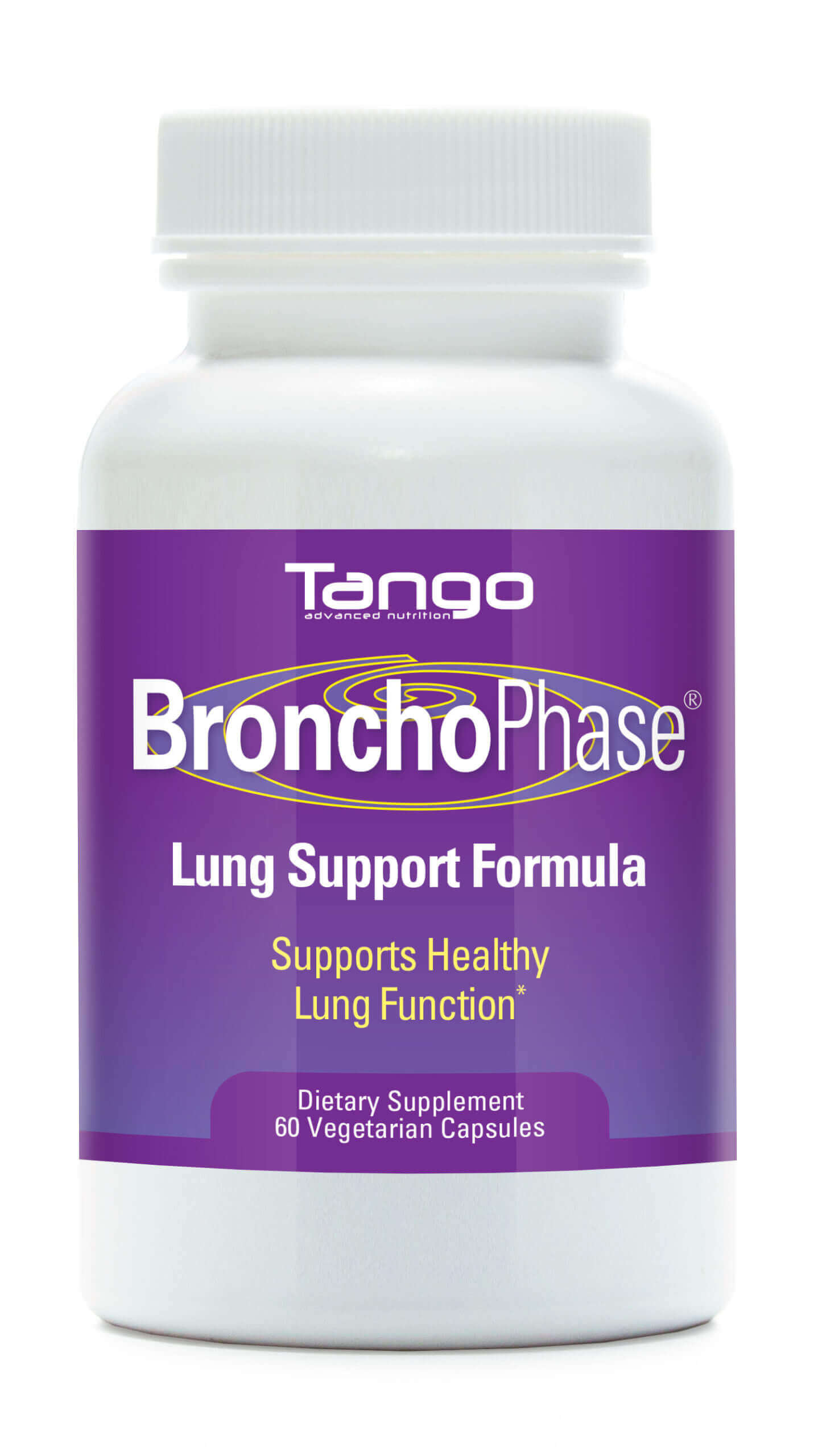
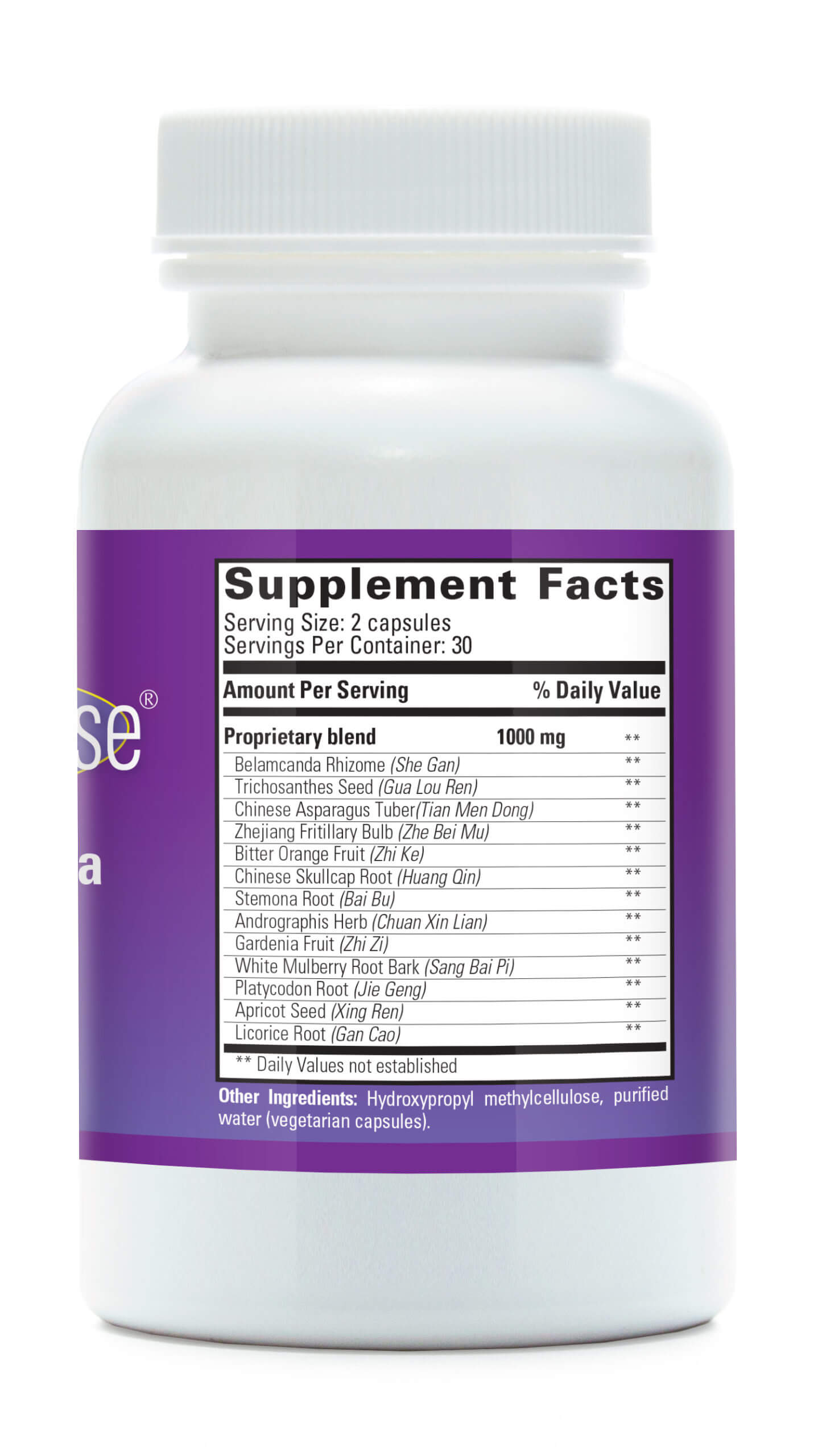
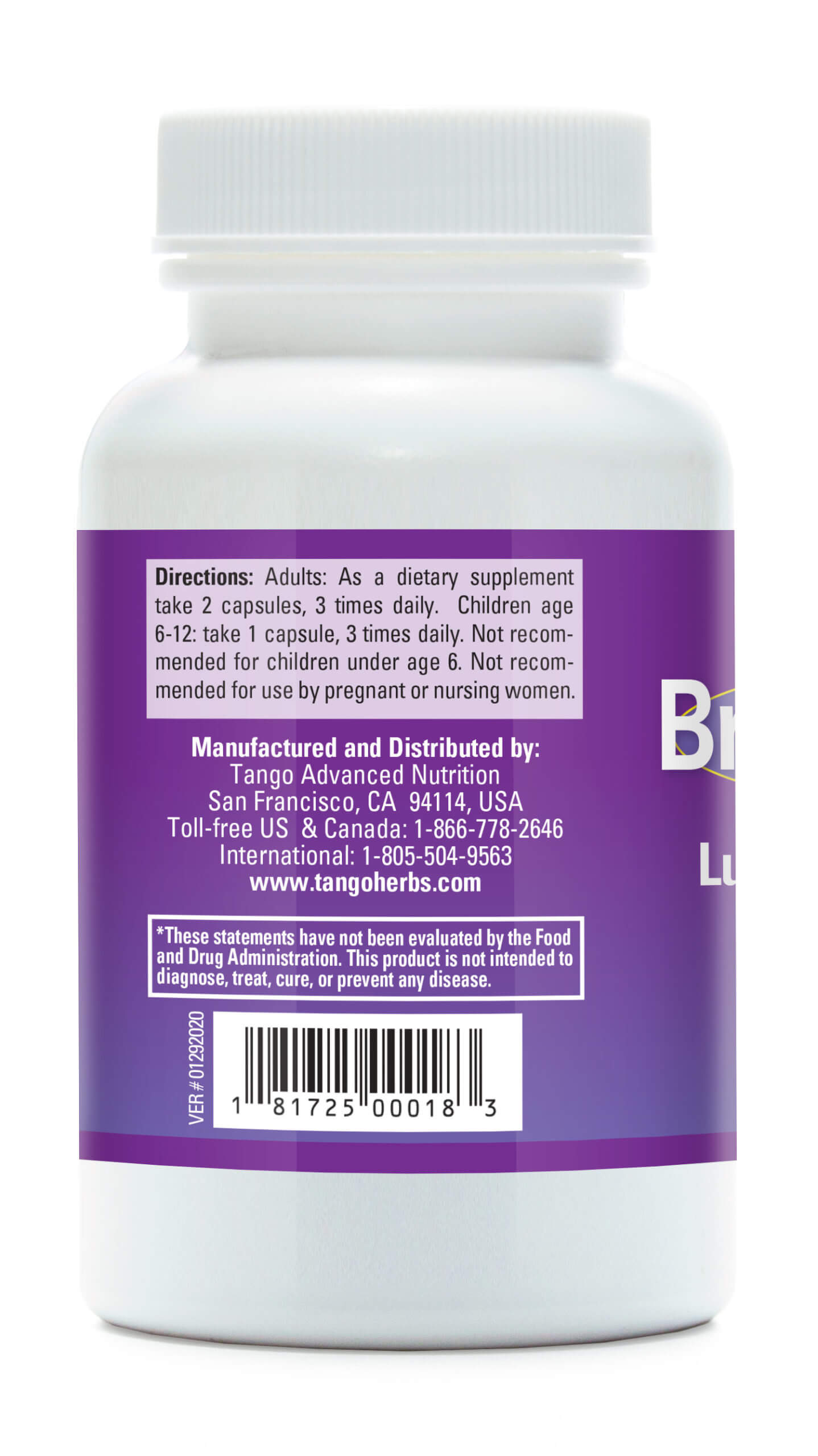
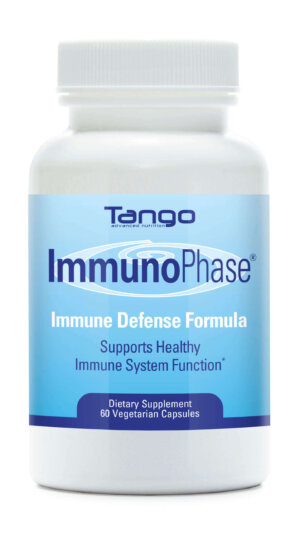
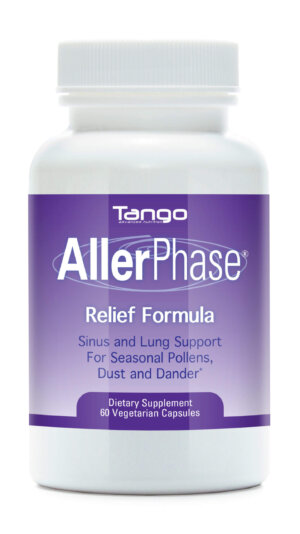
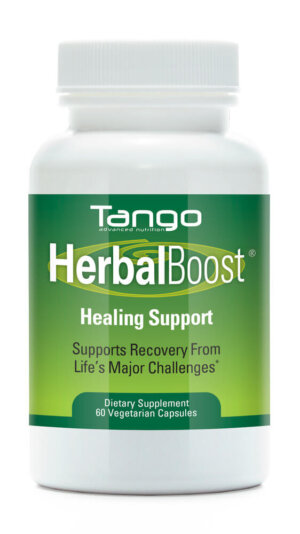
Leave feedback about this